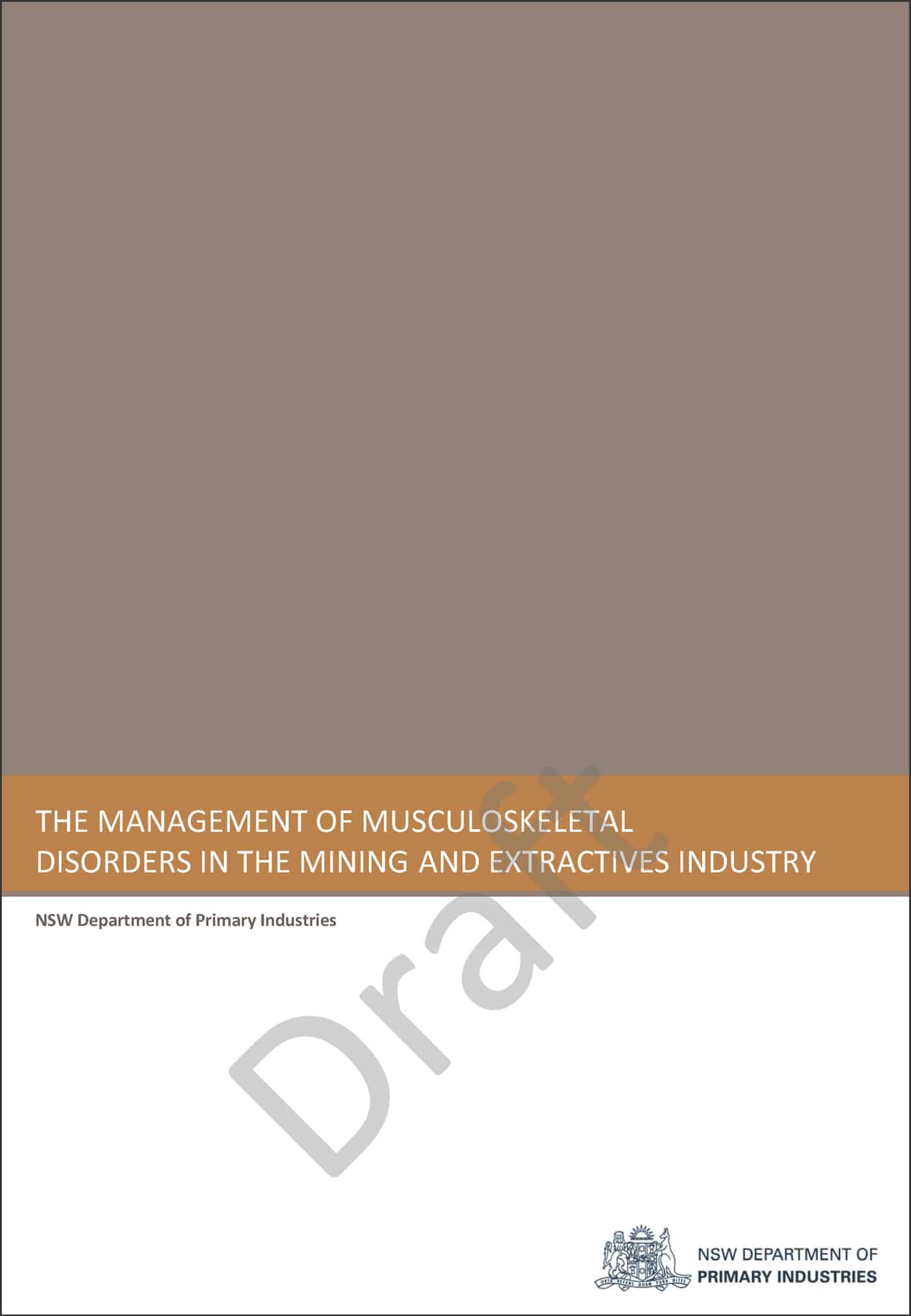The correct and established treatment for burns is
“.. to hold the burn under cool running water for at least 20 minutes”.
This reduces the continuing damage generated by burning tissue.
This has been the advice for decades and was recently reemphasised by the Victorian Government. So why are burn creams still on the market?
Perhaps there is a place for burn creams – when 20 minutes’ supply of cool running water is not available.
In December 2008, the Australian Defence Forces used burn cream. According to a media release
The ADF has been advised that four Iraqi civilian vehicles were damaged and two Iraqi men received superficial burns to their hands when they reportedly attempted to remove hot debris from their cars.
The Iraqi men were treated at the scene by Coalition Forces with burn cream.
Child Safety Australia recommends burn cream in a domestic first aid kit for the treatment of blisters.
The Australian Red Cross are emphatic, but allow room to move:
“NEVER use burn cream as an initial treatment. This should only be used a doctor’s recommendation.”
In 2003 (reference not publicly available), the Mayo Clinic in Rochester advised the following first aid treatments for burns
- With chemical burns, make sure the chemical and any clothing or jewelry in contact with the chemical are removed.
- Cool the burn under running water long enough to reduce the pain, usually 15 to 20 minutes. If this isn’t possible, immerse the burn in cold water or cover with cold compresses. Don’t put ice directly on the burn. Ice can cause frostbite and further damage.
- Once the burn is cooled, apply a lotion or moisturizer to soothe the area and prevent dryness. Don’t apply butter. It holds heat in the tissues and may cause more damage.
- Cover the burn with a sterile gauze bandage. Wrap loosely. Bandaging keeps air off the burn and reduces the pain.
- Take an over-the-counter pain medication unless your doctor has told you to avoid these medications.
- Don’t break blisters. If the blister is broken, wash with antibacterial soap and water, apply an antibiotic ointment and bandage.
No mention of burn cream and only an antibiotic cream in relation to blisters.
Safety professionals seek evidence, from which solid and valid decisions can be made. Why then does the initial treatment of burns have such a variety of advice? Can we simply put it down to the commercial desires of cream manufacturers? Or the lack of explanation from the defence forces?
I am old enough to have experienced my mother applying butter to my burns. We have had generational change in this treatment but how much more change would have occurred if workplace first aiders, and parents, had not had burn creams advocated as a legitimate first aid treatment?


